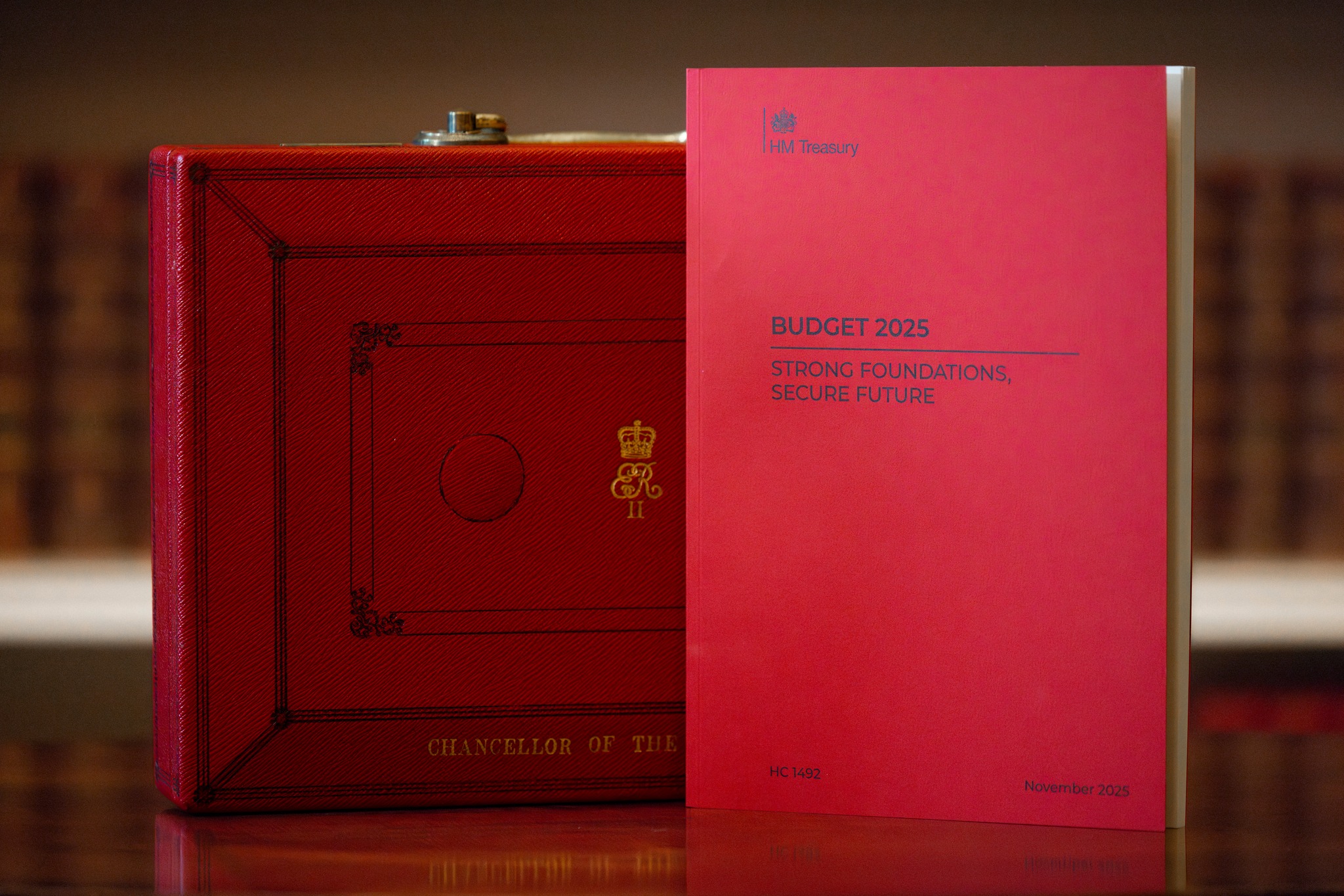R&D record-keeping: what HMRC expects in 2025 and beyond

In October 2023, on Halloween in fact, HMRC published its ‘Guidance for Compliance’ (GfC3) - a document which elaborated on the Revenue’s general expectations for claimants making an R&D claim.
In October 2023, on Halloween in fact, HMRC published its ‘Guidance for Compliance’ (GfC3) - a document which elaborated on the Revenue’s general expectations for claimants making an R&D claim.
This wasn’t a seasonal attempt at spooking claimants by trying to deter them with a host of new standards. Rather, it clarified and confirmed the practices and processes already being followed by most reputable R&D agents.
Two years later, and with several updates to the incentives, HMRC have tried to make the R&D claim preparation process more contemporaneous and concurrent with the R&D work itself. The Guidance states that HMRC consider R&D claims are ‘more likely to be correct if the company is aware at the time that the work it is doing may qualify for tax relief.’ Far from scare-tactics on HMRC’s part, this is a logical approach. Companies need to be able to evidence their claims as well as explaining the work they did.
As HMRC continue to scrutinise more claims in an effort to reduce fraud and error, maintaining accurate, contemporaneous records isn’t just good practice, it’s essential to reducing risk and ensuring the credibility of every R&D tax claim.
From retrospective to real-time: HMRC’s compliance shift
While GfC3 isn’t strictly new guidance, it does show HMRC beginning to place greater emphasis on contemporaneous evidence (as opposed to retrospective assessments). And the Guidance was issued at a time when the R&D incentives themselves were being updated to bring the timelines of R&D activities and the claim preparation process into closer alignment.
Put simply, claims supported only by memory or general statements from a “competent professional” are unlikely to be sufficiently substantive going forwards. HMRC expects companies to identify, track, and document qualifying R&D activities in real time or, where projects have already taken place, to substantiate them with written records created during that period.
While HMRC may still accept professional opinion as sufficient supporting evidence in some cases, this cannot (and should not) be relied upon in totality. What remains true is that claims supported by contemporaneous evidence face significantly lower risk of challenge or reduction.
What HMRC expects: the essentials
HMRC’s Guidance for Compliance (GfC3) outlines a structured, 14-step approach for identifying and evidencing R&D. The key message is clear: record-keeping should happen alongside the R&D process, not afterwards.
At a minimum, HMRC expects companies to maintain records that show:
- When and how scientific or technological uncertainties were identified and how these shaped the project.
- How those uncertainties were addressed, including hypotheses, testing plans, and progress tracking.
- Who was involved with roles and expertise clearly linked to the qualifying work.
- What was done and when, recorded systematically through reports, design logs, lab notes, meeting summaries, or version histories.
- Which costs relate to qualifying activities, supported by timesheets, invoices, or accounting records.
Larger organisations are expected to have structured R&D documentation frameworks in place. Smaller companies may take a more flexible approach, but HMRC will still expect clear, contemporaneous evidence that R&D was conducted systematically - not retrospectively described.
In short, these are the same standards that have always applied, the difference now lies in how consistently and proactively companies are expected to demonstrate them.
What good looks like: practical examples
HMRC’s internal guidance (CIRD80560) highlights what typical R&D documentation should include:
- Project plans and objectives, showing the intended scientific or technological advance.
- Evidence of baseline research, such as prior art, technical papers, or market reviews.
- Details of uncertainties and challenges, explaining why the outcome couldn’t be easily deduced.
- Notes or reports on experiments, prototypes, or trials, including what worked and what didn’t.
- Internal progress reviews or documentation of new knowledge gained.
- Records of costs, staff involvement, and subcontractor contributions.
This doesn’t mean creating unnecessary paperwork, it means ensuring the story of your innovation is traceable, supported by evidence that shows how problems were identified, tested, and resolved.
What we’re seeing through recent HMRC interactions is that well-kept, contemporaneous records significantly reduce the need for additional follow-up questions and strengthen confidence in the claim from the outset.
Why contemporaneous evidence matters
When HMRC reviews an R&D claim, their first question is increasingly:
“What records do you have that show this work took place as R&D?”
Without clear documentation, claims risk being delayed, reduced, or rejected. Even if the work genuinely qualifies, the absence of records makes it difficult, or impossible, to prove compliance.
The message from HMRC is unambiguous:
“Claims to R&D relief are more likely to be correct if the company is aware at the time that the work it is doing may qualify for tax relief.”
This statement has been in guidance for years, but it has taken on greater weight in practice. Being proactive about record-keeping helps your business avoid disputes, protects your entitlement, and demonstrates good governance.
The bottom line
None of this Guidance represents new policy, but the emphasis on contemporaneous record-keeping has never been stronger. HMRC’s expectations have grown with the awareness of the incentives - and so too must record-keeping practices. Retrospective justification is no longer enough.
By capturing evidence as R&D happens, businesses not only protect their claim but also strengthen their innovation narrative, making future grant applications, audits, and investor conversations far smoother.
Need support with your R&D tax claim? Book a free consultation with our team to review your record-keeping approach, eligibility, and next steps for a robust, HMRC-ready claim.
FAQs: Record-keeping and compliance for R&D tax credits
What records do I need to keep for an R&D tax credit claim?
HMRC expects companies to maintain clear, contemporaneous records that show what R&D work was done, when, and by whom. This typically includes project plans, design notes, technical documentation, test results, progress reports, and evidence of how specific scientific or technological uncertainties were addressed.
Claims supported only by memory, broad summaries, or statements from a competent professional are unlikely to be sufficient on their own. The stronger and more systematic your records, the more robust your claim will be.
Why has HMRC changed its approach to R&D record-keeping?
Technically, it hasn’t. HMRC want to see contemporaneous evidence of a project taking place, not simply retrospective explanations from a competent professional. In practice, this means companies are now expected to identify and document qualifying R&D activities in real time, rather than piecing them together after a project has ended.
The goal is to ensure that claims are accurate, transparent, and based on verifiable information reducing the risk of errors, delays, or enquiries.
What are the risks of not keeping proper R&D records?
Without sufficient documentation, your R&D claim may be challenged, delayed, or even rejected by HMRC. Inadequate records make it difficult to demonstrate that genuine scientific or technological uncertainties were tackled, or that the right costs were included.
Even if your project meets the criteria, missing evidence can weaken your position during an enquiry, potentially leading to reduced claim values, repayment demands, or compliance flags for future submissions.
FAQs

Can we help your business?
Book a free consultation with our expert R&D funding advisors today. We specialise in helping innovative businesses like yours unlock millions in government funding, specifically allocated to fuel your innovation. Let us help your business access the support it deserves.








.svg)


